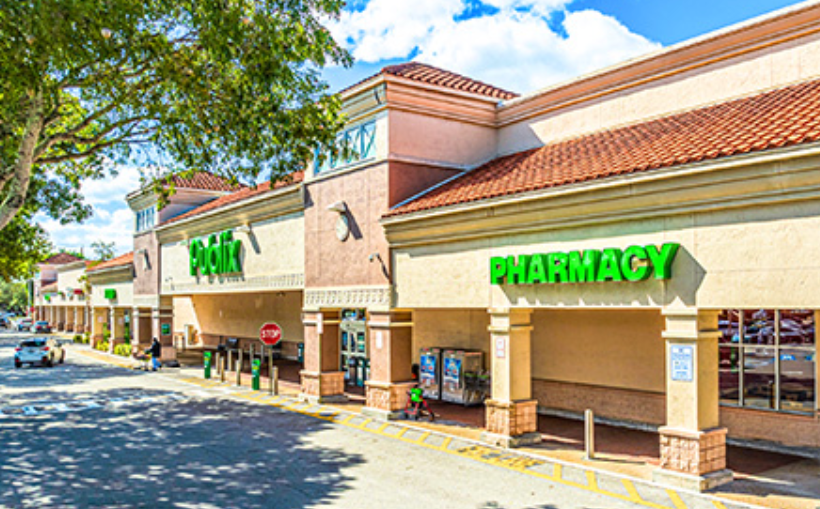**Tariff Whiplash: CRE Experts Share Strategies Amid Economic Uncertainty**
Tariff announcements from the U.S. government are evolving almost daily, creating a ripple effect across industries—especially commercial real estate (CRE). As declarations and reversals continue, market participants are left wondering about the long-term implications.
“We can already predict what the overall outcomes are going to be: higher prices, higher costs to operate, less demand for products and likely fewer customers for businesses across all industries,” commented Simon Wooley, Vice President of Delivery at PearlX.
This climate of instability has led to hesitation in the CRE space. “The most common reaction by commercial real estate teams that we work with can be boiled down to ‘hold, wait and see,’ as there has been a lack of clear or concise action by the federal government,” explained David McCullough, Principal Landscape Architect at McCullough Landscape Architecture.
Still, despite the uncertainty, McCullough, Wooley, and other commercial real estate professionals say there are practical steps that developers, investors, and owner-operators can take to navigate the storm.
—
**Economic Volatility Isn’t New—And CRE Responds**
Market instability is nothing new for the CRE world. From the dot-com bust and Great Financial Crisis to the pandemic recession, real estate has historically felt the ripple effects.
Craig Meyer, President of Industrial at JLL, pointed to the current wave of uncertainty as being unique due to its direct ties to trade, unlike previous periods driven by larger systemic economic issues. “This results in immediate impacts on logistics and the industrial sectors, rather than a delayed knock-on effect,” he noted.
However, the industry is adapting. “During these past times, players in the CRE industry focused on maintaining supply chain resilience, enhancing warehouse efficiency, and meeting evolving consumer needs,” said Jordan Nathan, Head of Corporate Investments at Faropoint. “By adopting these strategies and learning from past experience, CRE investors, builders, and owner-operators can better navigate the current climate.”
Wooley added that these events have reinforced the need to focus on what can be controlled. “They’ve taught us to be prepared and to focus on improving internal business processes so that we can emerge as a more efficient and productive organization when things become difficult.”
—
**Smart Strategies for Navigating the Tariff Landscape**
The experts offered a number of proactive measures that CRE players can take, even in the face of ongoing volatility.
✔ **Act on Opportunities**
Meyer emphasized the importance of moving quickly when opportunities arise. “Close any active deals diligently to mitigate future risks,” he advised.
McCullough shared that his firm is pushing forward with project-related paperwork such as entitlements—which can be especially slow in states like California—while maintaining ongoing conversations with clients, educating themselves on shifting tariff policies, and exploring alternative materials to keep projects viable.
✔ **Analyze Everything**
Nathan suggested adding a nuanced approach to acquisition and leasing strategies that includes tenant-specific and sector-level risk assessments. To help with this, Faropoint developed a language-learning model capable of evaluating both credit and tariff risks.
CRE developers should also consider qualifying properties for bonded warehouse or free-trade zone status, which can delay or reduce tariff payments. “These designations could provide a competitive advantage in attracting tenants or buyers,” noted Meyer.
✔ **Diversify for Defense**
“Location diversification is essential,” said Nathan. “Moving warehouse and logistics properties closer to population centers reduces the impact of supply chain disruptions.”
Diversifying by asset type and geography also helps to buffer against regional or sector-specific downturns. “Prioritizing tenant properties with strong credit profiles and long-term stability can also be crucial,” said Wooley. He also noted a trend toward geographic workforce diversification and increased investment in software automation to boost efficiency and cut operating costs.
✔ **Boost Domestic Purchasing**
Purchasing from domestic suppliers can reduce exposure to international volatility. “We work with a lot of U.S.-based startups and have been accelerating our domestic purchases in equipment from onshore suppliers,” said Wooley. Direct negotiations can also provide better pricing and supply assurances.
—
**Don’t Wait—Strategize and Prepare**
While it may feel natural to hold back during uncertain times, experts caution that standing still could mean missing out.
“Acting can be difficult these days,” admitted McCullough. “But I encourage CRE decision-makers to maintain a long-term perspective. Real estate tends to weather short-term volatility better than many other investments.”
Wooley advised against panic buying or reactionary decisions and instead recommended thoughtful evaluation of cost-saving strategies—such as considering alternative construction techniques—that maintain quality and efficiency.
Meyer concluded by encouraging industry players to remain alert and adaptable. “The silver lining is that as clarity emerges, decision-making should swiftly resume. Be sure to navigate through the noise and put yourself in a position to act quickly as opportunities arise.”




